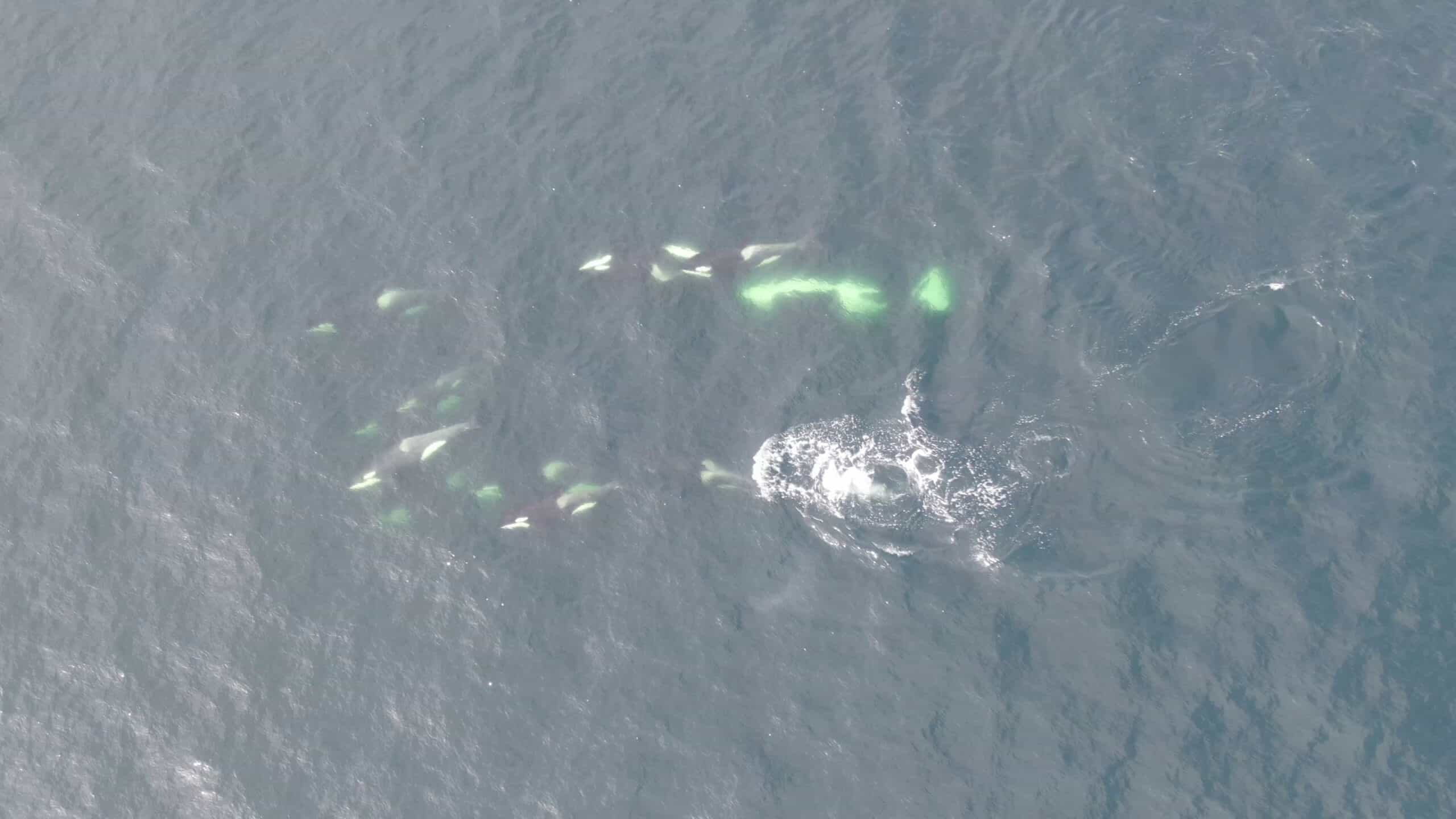Share this article
Wildlife Featured in this article
- killer whale
Resources Featured in this article
Toxic chemicals from everyday products found in killer whales
A common chemical in toilet paper was among those toxins
Toxic chemicals found in toilet paper and other everyday product have been detected in killer whales along the coast of British Columbia.
While researchers don’t know what threats these chemicals may pose to the species, many of the chemicals are known to adversely affect humans and other animals. That could raise additional concerns for killer whales (Orcinus orca), which already face a number of threats, including boat traffic and lack of prey.
The contaminants were found in two populations—migratory Bigg’s killer whales and Southern Resident killer whales, which are listed as endangered in the U.S. and Canada.
“Looking at contaminants is a very small part in the conservation of Southern Resident killer whales,” said Kiah Lee, a graduate student in toxicology and environmental sciences at the University of Oslo. “There may be so many other things impacting them.”
As an undergraduate student at the Ocean Pollution Research Unit in the Institute for the Oceans and Fisheries at the University of British Columbia, Lee studied toxic exposure in the species by examining tissues from killer whales found stranded on beaches in British Columbia. The strandings weren’t necessarily related at all to the contaminants, but thanks to more than a decade of necropsies, Lee and her colleagues had access to skeletal muscle and liver samples that could be tested for chemicals.
Nearly half of the toxins they found was a chemical called 4-nonylphenol, or 4NP. Commonly associated with toilet paper and found in sewage sludge, soap detergents and textiles, it can reach the ocean through wastewater. Smaller organisms then consume the toxins, which can go up the food chain, accumulating until they reach predators like killer whales.
Because these chemicals are endocrine disruptors known to influence the hormones regulation, reproduction, nervous system and cognitive function in other species, the researchers said, they could potentially contribute to population declines in killer whales.
The team also detected per- and polyfluoroalkyl substances, also known as PFAS, or “forever chemicals.” Chemicals in this group may be found in things like nonstick pans, food packaging and water repellent materials in jackets. These contaminants are known to affect the immune systems of mammals.
“These are everyday items we use,” said Lee, lead author of the study published in Environmental Science and Technology. “Some people know them as forever chemicals because they don’t degrade in the environment, or they degrade very, very slowly. That’s one of the reasons they’re concerning.”
In one case, the team found, most of the contaminants found in a pregnant killer whale had transferred to its fetus.
“That was eye-opening,” Lee said. “But in a way it was not unexpected because other studies found this as well with other contaminants. But it showed how prevalent they can be throughout killer whale populations.”
While the study looked at stranded whales, Lee believes other whales in the population have similar contaminant levels. That raises concerns about how products people use on a daily basis can affect wildlife far from sight.
“I think our study is an important building block to inform policy for regulators and future studies to better understand how contaminants are behaving in the environment so environmental regulatory actions can be taken,” Lee said.
Header Image: Toxins from everyday products appear the tissues of Southern Resident killer whales. Credit: Paul Cottrell








